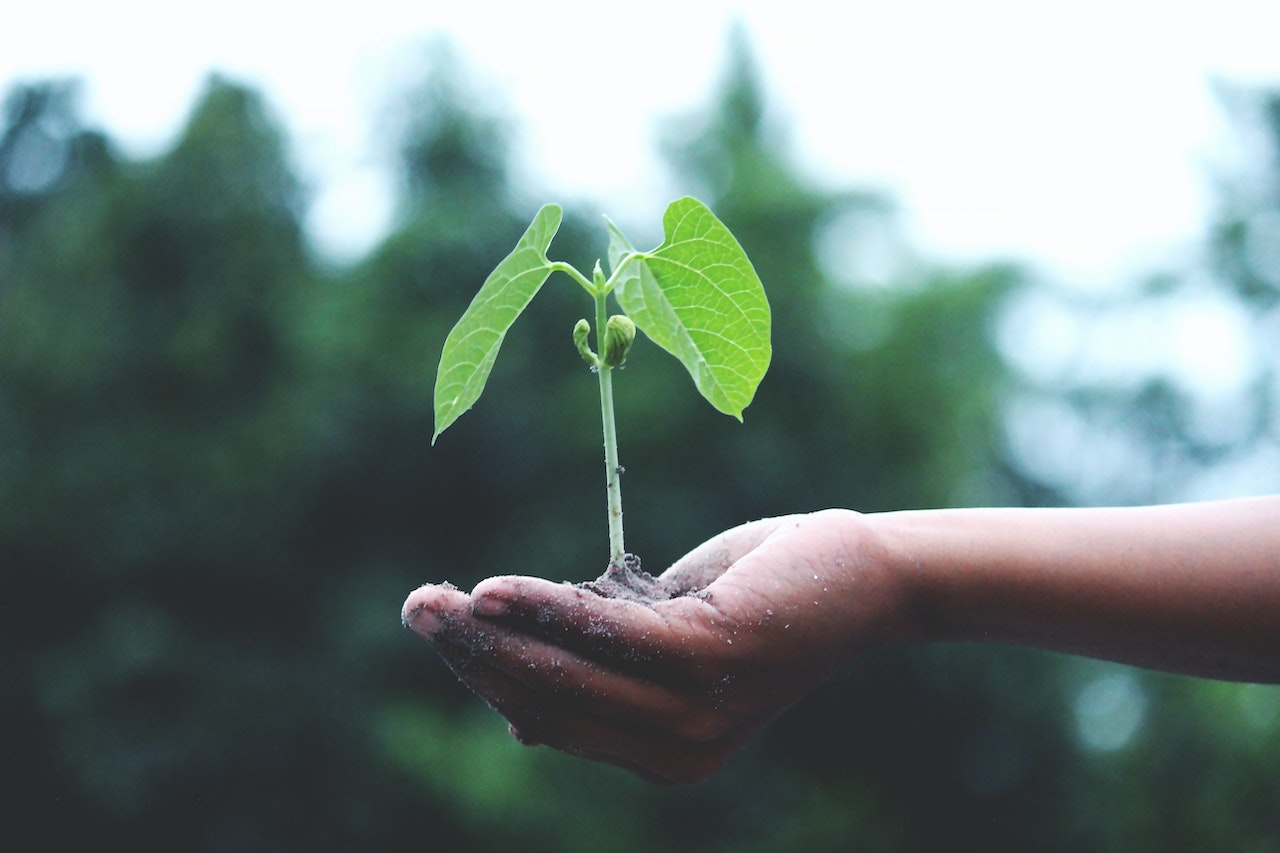This post was originally published on Sustainability Matters

Mars Incorporated has announced that its Wodonga pet food manufacturing facility, producer of PEDIGREE and WHISKAS, will become the first large-scale steam-based manufacturing site in Australia to deploy a 100% renewable energy solution, for both electricity and process steam, within the next two years.
The company described this as a significant step towards achieving its commitment to net zero emissions by 2050.
Prime Minister Anthony Albanese toured the site alongside Craig Sargeant, General Manager of Mars Petcare Australia and New Zealand.
“We are incredibly proud to announce that Mars will be the first manufacturing facility of its kind in Australia to deploy a 100% renewable energy solution within two years,” Sargeant said.
“Decarbonising site-based process heat, coupled with Mars Australia’s 100% renewable electricity use, is a significant achievement that not only reflects our ongoing commitment to sustainability but also positions our Wodonga facility as a leader in green process heat manufacturing on a national scale.”

The parabolic trough at the Mars Wodonga Solar Thermal Plant.
Key to the transition will be the $39.3 million Mars Wodonga Solar Thermal Plant. This includes the installation of an 18 MW parabolic trough concentrated solar thermal (CST) plant providing up to 10 hours of thermal energy storage for cooking pet food. The project, partly funded by a $17.2 million ARENA grant, marks the first commercial deployment of parabolic trough CST technology in Australia, according to Mars.
“Investing in renewable energy technologies like CST is critical to decarbonising industrial processes, particularly in sectors that heavily rely on gas for steam-based manufacturing,” Sargeant said. “CST offers a powerful solution by capturing and storing solar energy, in the form of high-temperature heat, for use at any time, making it an ideal fit for our steam-based manufacturing needs.”

Mars Petcare Green Steam.
Mars has also implemented electric thermal energy storage (eTES) technology. This allows the facility to utilise low-cost, grid-connected renewable electricity during off-peak times to generate and store heat that can produce steam at any time of day or night. Supported by CSIRO, the eTES system provides a cost-effective, renewable alternative to gas.
Additionally, Mars is working with the Australian Gas Infrastructure Group (AGIG) to purchase Renewable Gas Guarantee of Origin certificates at Hydrogen Park Murray Valley. This arrangement will displace over 10% of Mars Australia’s total gas consumption, which includes Mars Petcare Wodonga.
“For Mars, the CST and eTES systems are complementary renewable heat technologies,” Sargeant said.
“With the addition of the AGIG hydrogen purchase, and Mars Australia’s existing 100% renewable electricity agreement, the Wodonga facility will deploy a 100% renewable energy solution within two years, as part of our global commitment to 100% renewable energy for site-based operations by 2040.”
Mars is also working with other local companies and government entities as part of a broader effort to help create a renewable energy hub in north-east Victoria for generations to come.
“Mars is incredibly proud of the fact we have been manufacturing in the Wodonga area for more than 50 years,” Sargeant said. “We are part of the fabric of the local community, supporting jobs and investment in regional Victoria.
“Wodonga is at the heart of that journey, and today’s announcement is a major step forward in supporting both regional investment and Australia’s clean energy future.”
All images courtesy of Mars Incorporated.





0 Comments